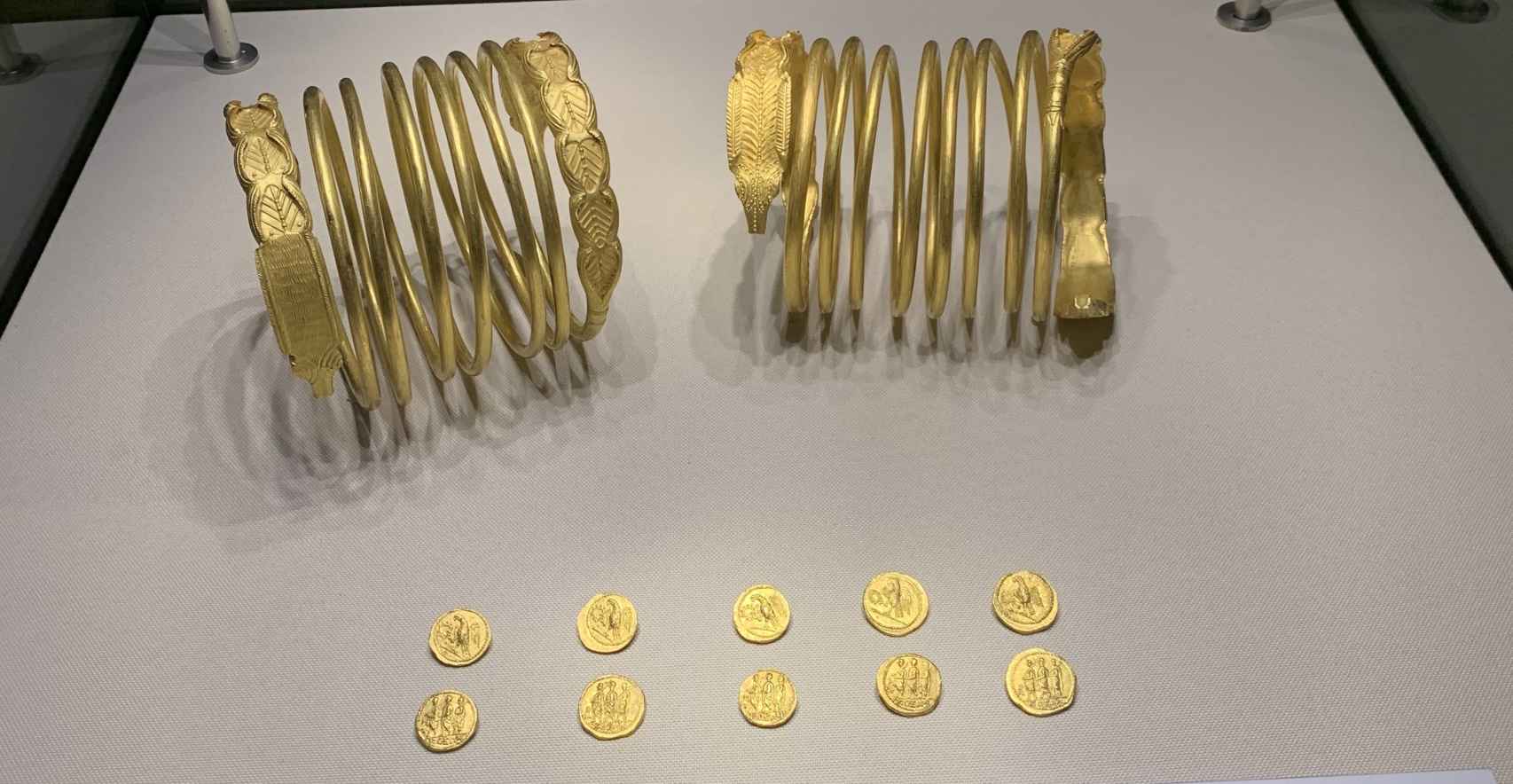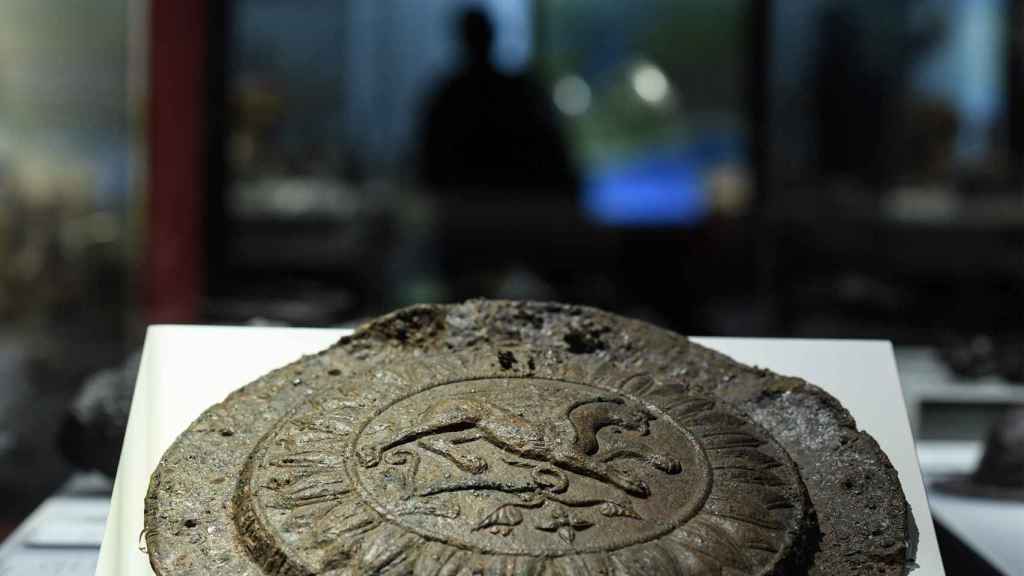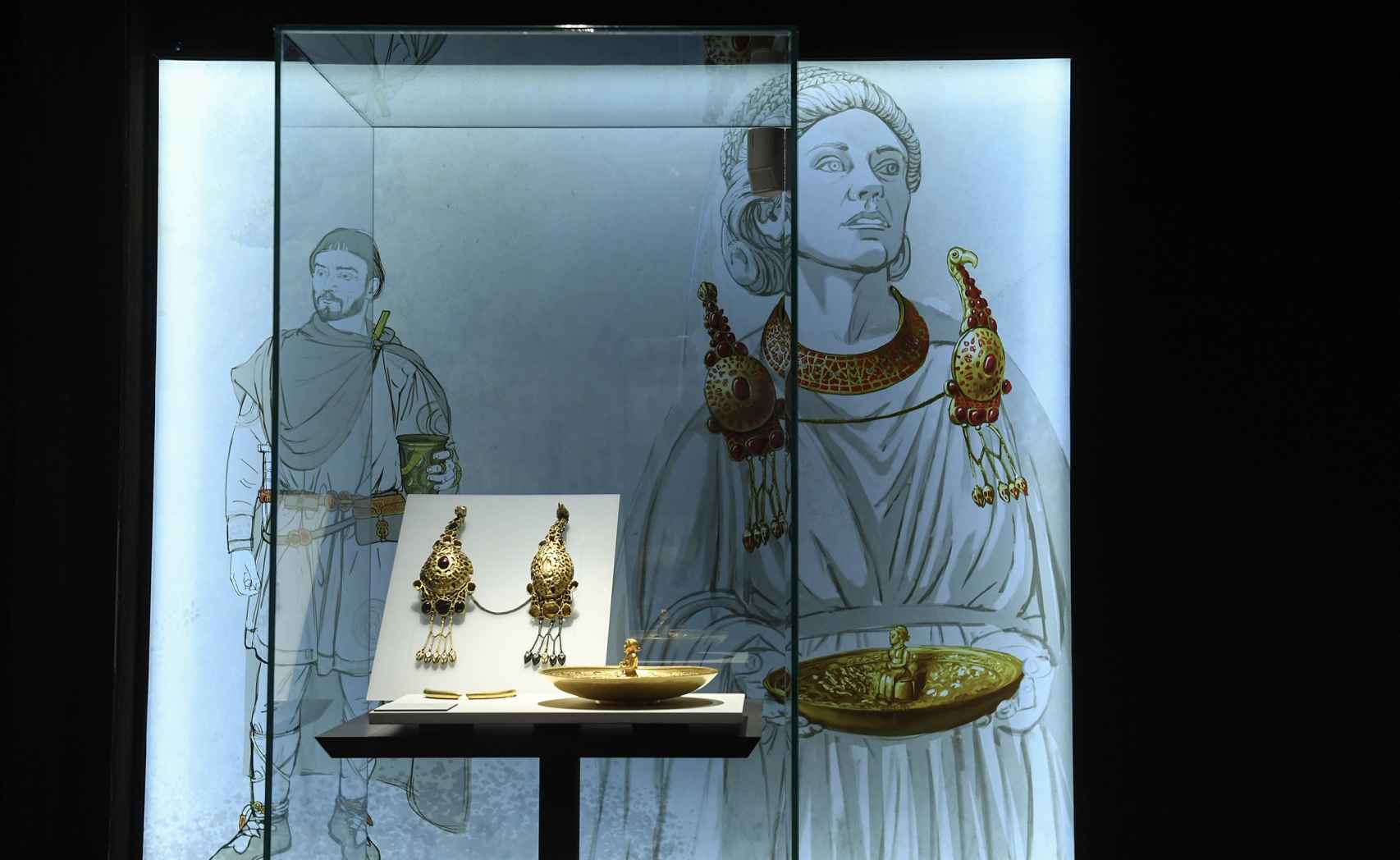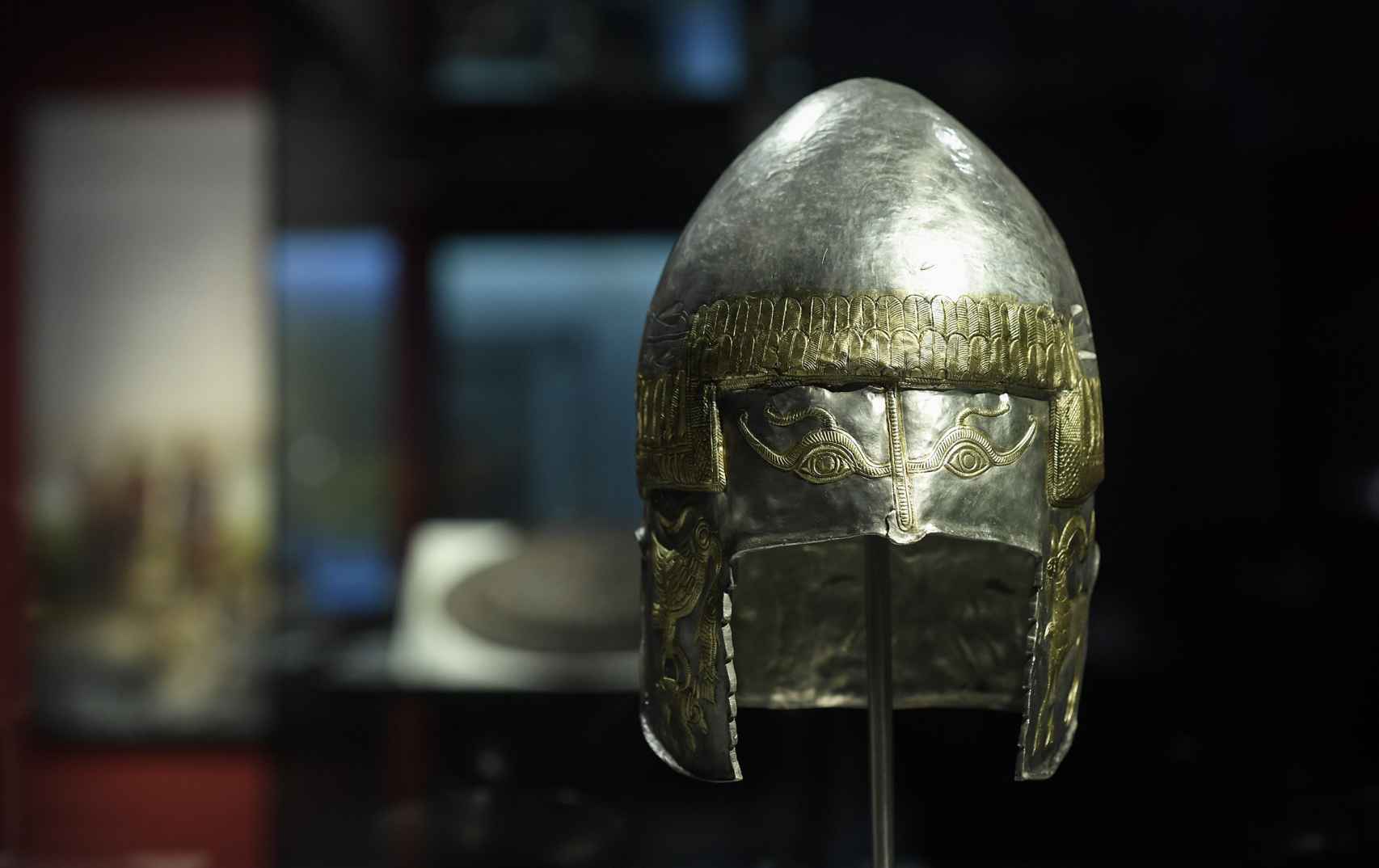Related news
A certain Alexander, a native of Abonutico, a town located on the current Turkish coast that flows into the Black Sea, was a false prophet of the 2nd century AD who in a moment of uncertainty decided to invent a new oracular and salutary divinity, protector of diseases and that helped women to be more fertile and father more men. I call it Glykon, said that it had been born from the egg of a goose and represented it with a very strange shape: the body of a snake, the tail of a lion, the head of a dog and human hair and ears. In the Romanian city of Constanza, in the History Museum, the only sculpture of this unique god from the Roman pantheon is preserved.
It is a work carved from a single block of marble of impressive beauty, which mesmerizes just by looking at it. And now it is exhibited in Madrid, in the National Archaeological Museum, within the framework of a temporary exhibition that is a real marvel: Archaeological treasures of Romania. Dacian and Roman roots –Until February 27th-. For Ernest Oberländer-Târnoveanu, curator of the exhibition together with the director of MAN Andrés Carretero Pérez, that of Glykon, who leaves his refuge for the first time, is “the most fascinating piece” of the 800 that propose a detailed and suggestive journey through more than a millennium of history, from the 8th century BC to the 7th AD, of a country whose cultural richness overwhelms beyond the legend of Dracula.
The exhibition assembly focuses on the time that Dacia was a Roman province, from the war triumph of the emperor Trajan in 106 AD against the local monarch Deceit him, represented in his famous column in Rome, until 271, when the pressure of the peoples of the other bank of the Danube during the reign of Aureliano it became untenable for the legions. It was a little less than two centuries of Romanization that left an overwhelming influence on the region, from language to territorial administration and religious beliefs.
Gold Dacian statues of King Koson (1st century BC) and royal bracelets, decorated with winged dragons that would become the prototype of Dacian symbology.
The archaeological finds from this period are very revealing: a written document about the creation of the municipality of Troesmis, a waxed wooden tablet that contains an employment contract for a gold miner, with his detailed salary and the penalties that he would suffer. to breach it; propaganda coins that not only reflected the divinity of the princess, but also the fearsome dacian weapons that they broke many Roman bones and became part of their armies; an amber statuette of Eros, the god of love, riding a chariot drawn by a bird; or a gravestone of a gladiator who died in the arena fighting a bison.
But perhaps, from this exhibition that brings together pieces from forty Romanian museums —that is, the best of its historical heritage can now be seen in Spain-, are the rooms dedicated to the pre-Roman period, to the refined and advanced Geto-Dacian society. “They were peoples of farmers and winners, very mobile, and their warlike evolution was determined by contact with the nomads of the eastern steppes, the Scythians, in the 7th-6th centuries BC”, explains Ernest Oberländer.
Iron shield boss, a Dacian masterpiece from the 1st century BC and of great difficulty in execution.
Europa Press
And in addition, they starred in an important warlike advance: archaeologists have located in the area of the Carpathian mountains and the Lower Danube basin, at the end of the First Iron Age, the appearance of a new style of fighting on horseback using bow and arrows and a court sword of Persian origin, the akinakes. “At that time the use of equidae as a symbol of social status was transformed,” emphasizes the curator. The elite adorned their mounts with rich pieces of gold and silver, as revealed by the set of harness accessories from the so-called Stâncesti treasure.
Between the 5th century BC and the change of era, Geto-Dacian society reached its climax. The trousseals of the princely tombs show that they were exceptional iron craftsmen – a cauldron modeled in a unique way in Europe is shown – and great cultivators of golden jewels, such as the spectacular town of Cotofenesti, decorated with magical eyes that protected from curses and frightened the enemy and with scenes of a lamb sacrifice and fantastic animals – griffins and sphinxes – that probably wore a child or a woman due to its small size. “Greek sources mention the existence of Amazons in this area,” reveals the director of the National Museum of Romanian History about the female population. “But we do not have concrete information that they were warriors. The aristocrats surely played some kind of military role, beyond the religious one, due to some discoveries made.”
Pieces that make up the Pietroasele treasure, discovered in the Buzau district. The illustrations in the exhibition, like the one in the image, are the work of the Romanian artist Radu Oltean, author of ‘Dacia. The Roman conquest ‘(Desperta-Ferro)
Europa Press
The Geto-Dacians were a people who drew important commercial, cultural and political contacts with the Greco-Roman world, the Celts or the Thracians. Those links that began in prehistory and extended until late ancient times, with the appearance of the “barbarians”, is one of the guiding principles of an exhibition that precisely celebrates the 140th anniversary of diplomatic relations between Romania and Spain. This explains the amount of winks that the selected pieces and the exhibition speech make to Hispania or the Iberian Peninsula from the Roman conquest, like a tombstone of a soldier of the Cohort II of the Spaniards found in the area of the Iron Gates of the Danube.
No less interesting is the last part of the exhibition, dedicated to the irruption of the barbarian peoples in Dacia, such as Goths, Vandals and Alans, who crossed Europe reaching the Iberian Peninsula, and which reinforces that connection between both countries. A period (III-VIII centuries AD) that witnessed a religious and social earthquake, but which, according to the pieces on display, also harvested very rich pieces, such as those that make up the treasure of Pietroasele, formed by spectacular golden fibulae in the shape of eagles and a ritual vase of the same material with the goddess mother earth in the center and other Germanic deities around it.
Another exceptional Dacian helmet from pre-Roman times.
Europa Press
Archaeological treasures of Romania It is a sensational exhibition not only because of the quantitative level of the pieces collected, many of which leave their country for the first time. The route is perfectly geared and draws chronologically, with extensive information and themes — warlikeness, spiritual world, daily life, social division—, a distant history but with many similarities to ours. It is going to be, without a doubt, one of the best cultural plans to carry out in the coming months.
Follow the topics that interest you
Reference-www.elespanol.com



